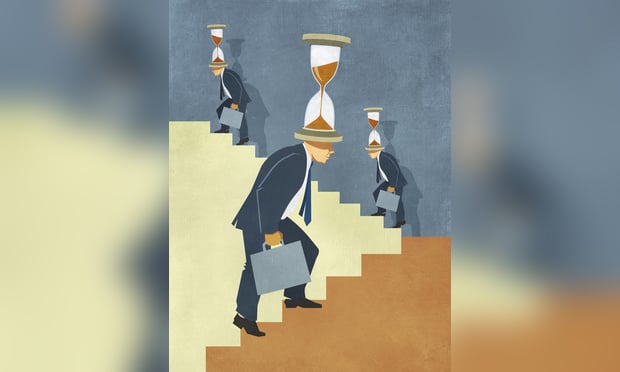 The World Health Organization and International Labor Organization released a study regarding the number of heart attack and stroke deaths linked to working long hours. In this article, we'll look at the risks workers face when working extended shifts, and what employers can do to help them avoid fatigue on the job. (Credit: forestpath/Fotolia)
The World Health Organization and International Labor Organization released a study regarding the number of heart attack and stroke deaths linked to working long hours. In this article, we'll look at the risks workers face when working extended shifts, and what employers can do to help them avoid fatigue on the job. (Credit: forestpath/Fotolia)
When one thinks about a dangerous workplace, it's common to picture employees using heavy equipment, working from heights, wielding sharp tools, etc. But there's one risk that has led to an increase in deaths over the last several years: working long hours.
Recommended For You
Want to continue reading?
Become a Free PropertyCasualty360 Digital Reader
Your access to unlimited PropertyCasualty360 content isn’t changing.
Once you are an ALM digital member, you’ll receive:
- Breaking insurance news and analysis, on-site and via our newsletters and custom alerts
- Weekly Insurance Speak podcast featuring exclusive interviews with industry leaders
- Educational webcasts, white papers, and ebooks from industry thought leaders
- Critical converage of the employee benefits and financial advisory markets on our other ALM sites, BenefitsPRO and ThinkAdvisor
Already have an account? Sign In Now
© Touchpoint Markets, All Rights Reserved. Request academic re-use from www.copyright.com. All other uses, submit a request to [email protected]. For more inforrmation visit Asset & Logo Licensing.







